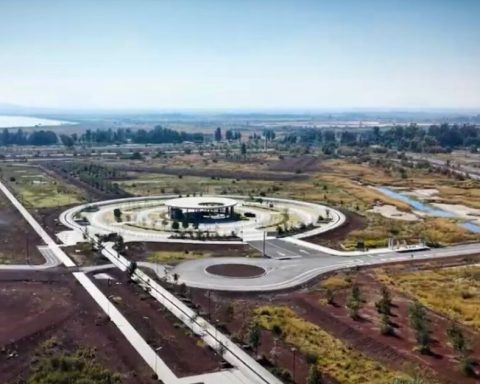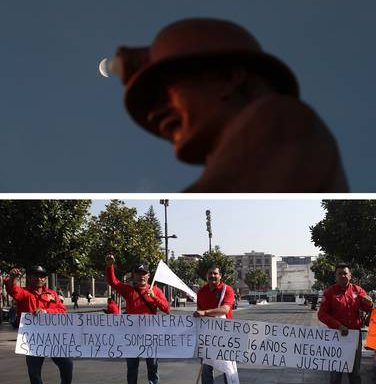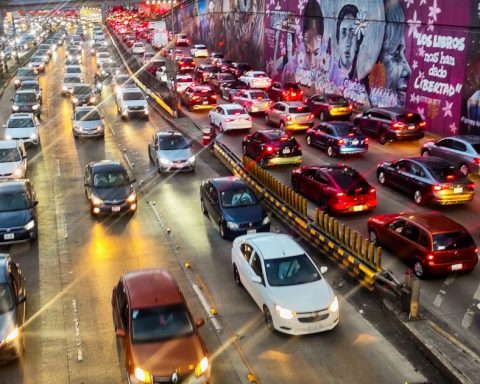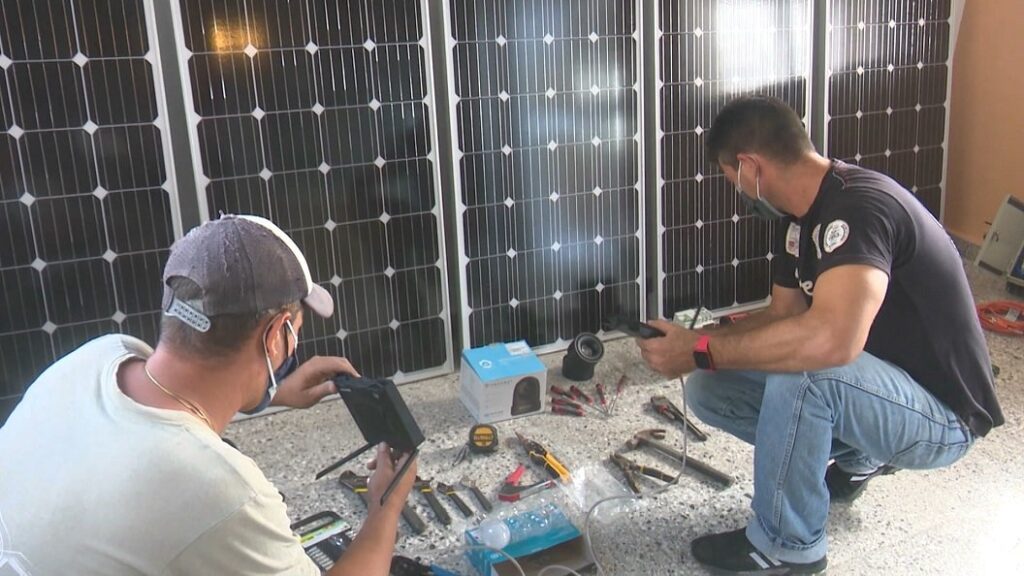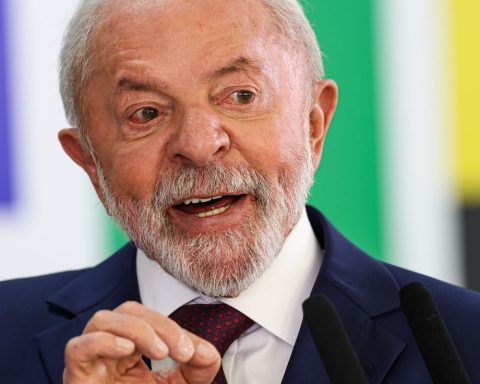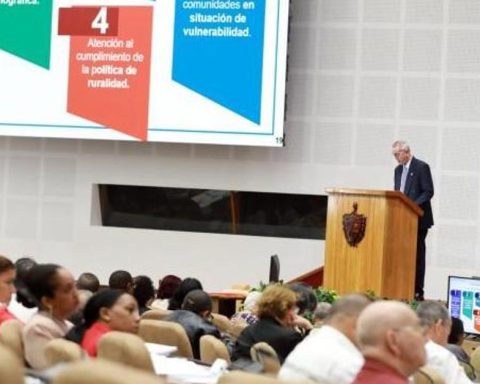Public spending grew 22.1 percentage points higher than inflation and 16 points higher than income in the first quarter, according to a report by the Argentine Budget Association (Asap).
Public administration spending increased 76.3% year-on-year in the first four months of 2022, while average inflation for the period was 54.2% (national CPI). Income, meanwhile, increased 60.2% year-on-year, mainly due to Social Security Contributions.
As a consequence, the primary deficit was 5.6 times higher than in the first quarter of 2021 and the negative financial result, including debt interest payments, tripled.
Much of the expansion in spending is explained by the 98% annual increase in current transfers.
Those allocated to the private sector in the form of energy and transportation subsidies and social programs (Family Allowances and AUH, Food card, Power Work and others) climbed 115% annually in the first four months.
The State spent, in the first four months, $531,547.7 million (4,411 million dollars), or 134.4% more resources than a year before, to subsidize energy and transportation. “Energy subsidies, which accrued $419,901.5 million (3,485 million dollars), grew 174.7% year-on-year and were directed mainly to the company CAMMESA, to Integración Energética SA (IEASA, now Enarsa), to the Non-Conventional Gas Plan” and to other items, recorded ASAP in its expense execution report.
“Transport subsidies reached $83,277.9 million (691 million dollars), with a year-on-year increase of 74.2%, and were mainly concentrated in motor and rail transport,” he added.
Transfers to provinces and municipalities increased 65.1% annually, to $206,447 million (1,713 million dollars). Within them, current transfers increased 85.9 percent. In the agreement with the International Monetary Fund, the Executive promised to reduce discretionary shipments. Capital expenditures are also accelerating. The execution of the first quarter climbed 88% annually, although its weight in total expenses is 9.1 percent. On the income side, tax collection grows at the rate of inflation (just 0.6 points above), while Social Security Contributions climbed 65.2% annually.
This difference in the speed at which expenses and income run notably widened the primary deficit to an accumulated $539,810.8 million (4,480 million dollars).

